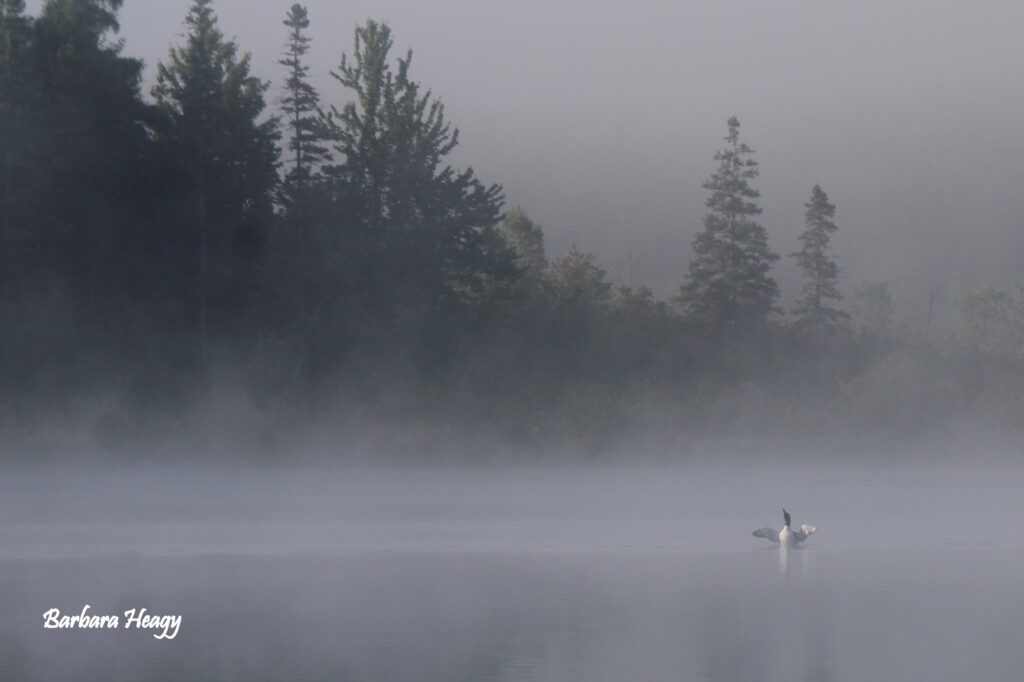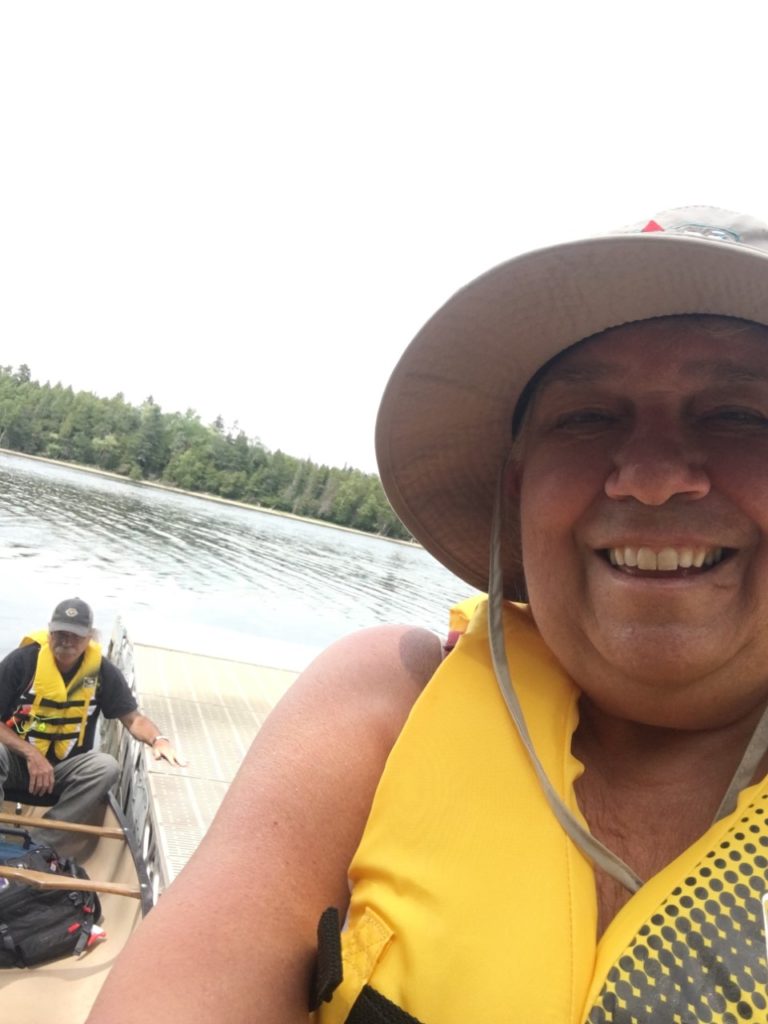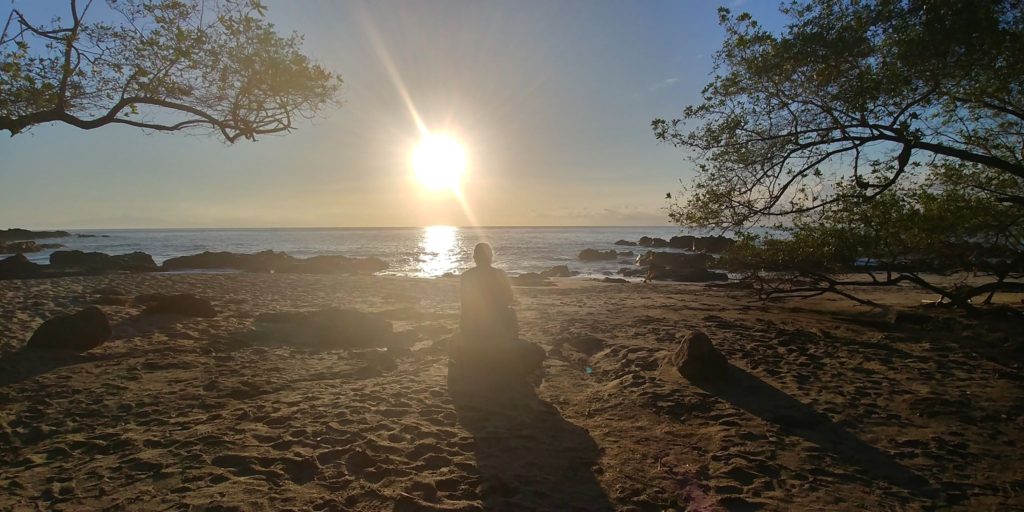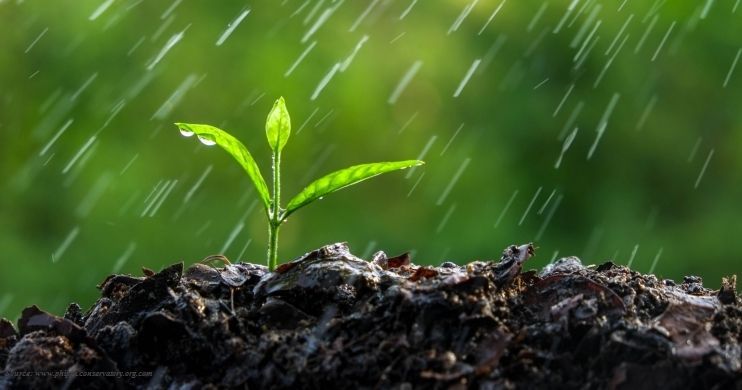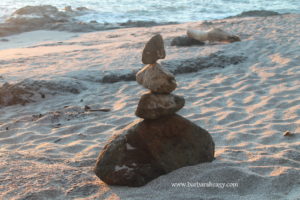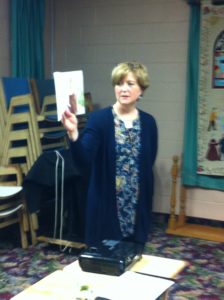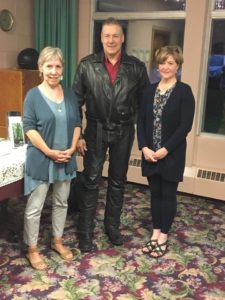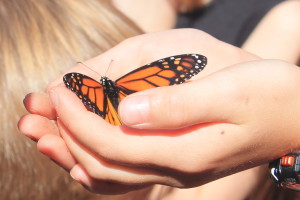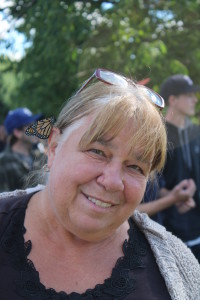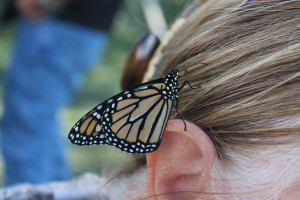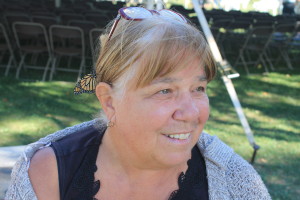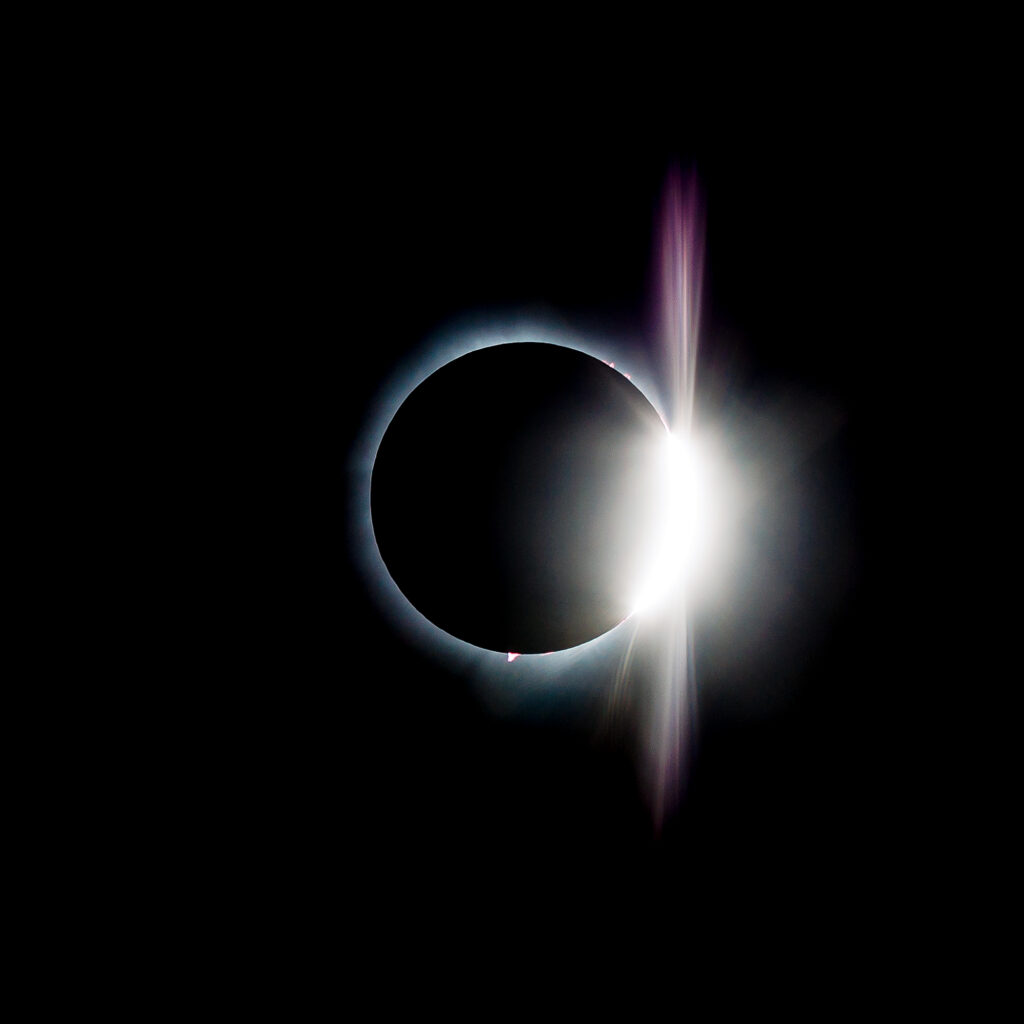
Photo by Bill Adam, Guelph, ON
“We are all finally settled in with our folding chairs and blankets, ready to view this celestial wonder that I’ve been looking forward to with anticipation for months. As I put on my special solar eclipse glasses for the first time, I can see that it has already begun. Without my glasses, the sun is a dazzling orb that cannot be viewed with the naked eye. With the glasses on, the sun looks like a golden ball with a small black nibble taken out of it.
I sit and just enjoy the whole experience which is going to take about 2 ½ hours from beginning to end, checking the moon’s progress intermittently as it gobbles up the sun slowly over the next hour or so. Each time I look, a big and bigger bite is eaten out of the sun. Meanwhile, I chat with the friends and family around me (there are 22 of us, children and adults), enjoy the children’s giggles and antics as they run and play in the green grassy field surrounding us, munch on a few snacks and relish the clear blue sky and tall trees around me.
I marvel at how lucky we are to have clear skies above us, as for the whole day leading up to the eclipse, the sky was thick with clouds that threatened rain. Just before 2 p.m. they began to dissipate and big and bigger patches of blue began to surround us leaving the sun high and fully visible in the sky. I text my daughters, brother, sister and niece who are spread throughout Ontario in Cobourg, Bancroft, Vaughn, Toronto, and Oro Station north of Barrie. All of them are looking at thick cloud cover and even, at times, rain. None of them are getting a satisfactory eclipse experience. What a miracle we have been granted!
The countdown begins . . . twenty minutes to totality . . . ten minutes . . . four minutes . . . two minutes . . . and my excitement is building. The sun is disappearing from the sky looking like a shrinking golden crescent as the black ball of the moon creeps across its surface. Soon it begins to look like a round toenail in the sky. The shadows around us are darkening and lengthening. It’s as if a dimmer switch is being slowly turned down. Like an exhaled breath, the temperature drops and I can feel the chill in the air. The sky is slowly darkening, the street lights are turning on and a flock of seagulls flies over us looking for their nightly roost. The air around us is strange, not like anything I have ever experienced. This is not a typical dusk. The colour is odd, muted, heavy, dark. It’s actually an eerie feeling, other-worldly, and I feel a little uneasy.
As the sliver of light shrinks, I can see beads of light flickering on the edges of the crescent. Scientists say it is the diminishing sunlight bounding off the valleys of the moon. These beads are called Bailey’s Beads, named after the scientist Francis Bailey who first documented them in 1836.
We are seconds away from totality when the moon will be completely covering the sun’s light. Everyone around me is getting excited and whoops and hollers of delight are being called out. People’s arms are shooting into the air, children are jumping, the whole park becomes energized and active. Ooo’s and ahhhh’s surround me as the view through my glasses goes completely black. We are in totality. Twilight is upon us.
Enveloped in complete darkness, I lower my glasses and look at the cosmic wonder in front of me high in the sky. It’s now safe to look at it with the naked eye. I see a black ball surrounded by a thin glimmering halo of light, a golden corona. Oh!! What a sight. The sky is black enough to see the stars and planets glowing as if it is nighttime. I can’t hold back my reaction of awe and wonder and I feel like a small child standing in front of a new world. It’s as if a portal to the universe has opened up before me and it invites me in to marvel at its uniqueness. For 1 minute and 18 seconds I can look at it unaided, without special glasses. I sit in amazement, held, suspended in its magic, unable to stop watching that giant black ball in the sky.
The moon is on the move, however, and thin shots of light begin to appear as the sun moves out of totality and begins the return to its normal view. Just before I slip my eclipse glasses back on, a shot of light flashes out at about 2 o’clock on the surface of the black orb and the edge of the golden circle. The diamond ring effect! It flashes and then, once again, with a full explosion of light, it does it again. It’s a golden ring with a large twinkling diamond on it that suddenly catches a direct beam of light that sends beams of sparkling rays shooting out into space.
As I watch, the sun continues its return. The dusk begins to disappear, daylight builds, the world is becoming normal again. But I know, I will never be the same. I was granted a front row seat to a celestial wonder that won’t happen in my area again for over one hundred years. I am truly blessed.
